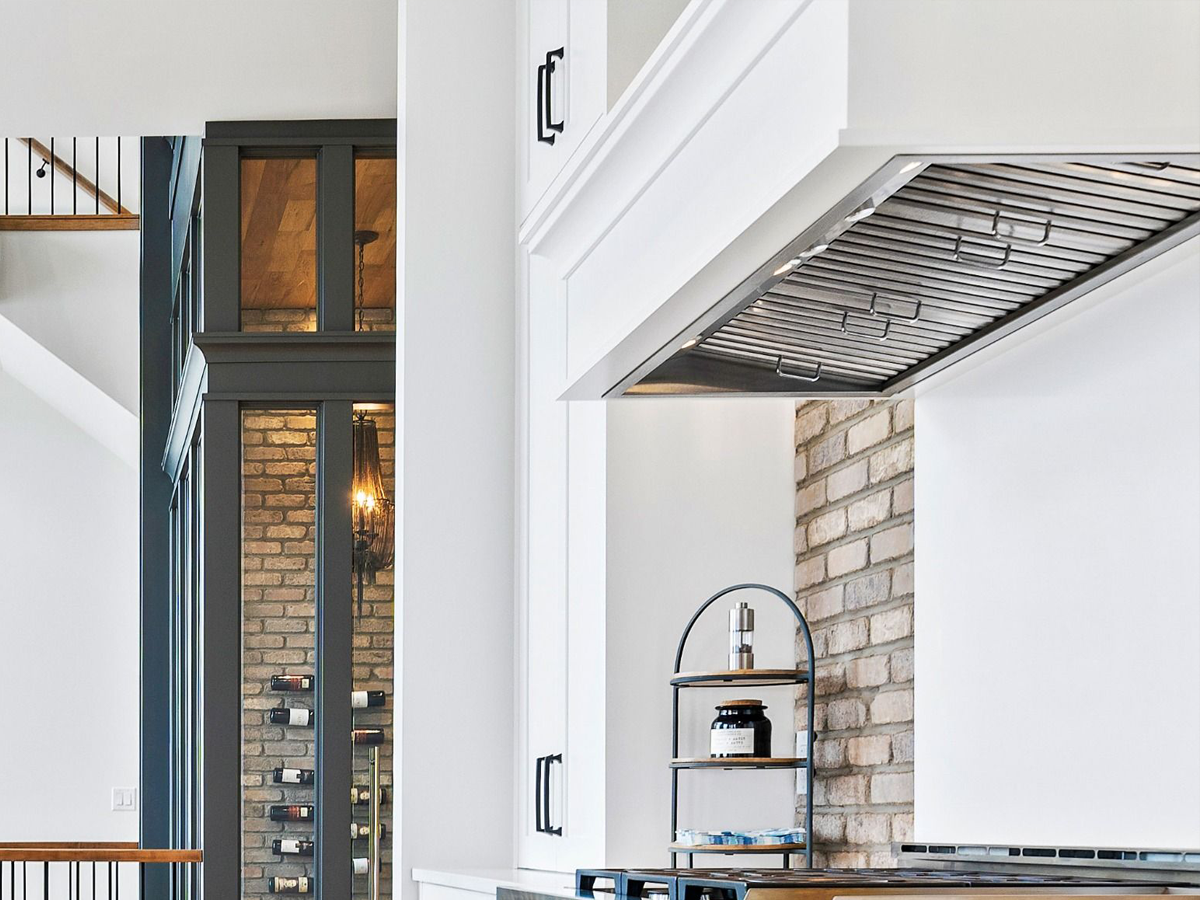CFM stands for Cubic Feet per Minute, and is a measurement used to quantify the volume of air that a ventilation system can move within one minute. Essentially, it indicates how much air is being pushed or pulled by the fan or blower.
In practical terms, CFM tells you how quickly air is being exchanged or moved by a ventilation system. CFM is an important metric when selecting ventilation equipment because it helps ensure that the system can adequately remove smoke, heat, moisture, and other airborne contaminants from a space. The CFM rating needed depends on various factors, including the size of the room or space, the type of activity producing contaminants, and any specific ventilation requirements for safety or comfort.
BTU is also an important factor when choosing CFM. BTU stands for British Thermal Unit. It is a unit of measurement for energy, commonly used in the context of heating and cooling systems, as well as in the measurement of energy content in fuels. One BTU is defined as the amount of heat required to raise the temperature of one pound of water by one degree Fahrenheit at sea level. To calculate the required Cubic Feet per Minute (CFM) of airflow for a kitchen range hood based on the British Thermal Units (BTU) of your stove, you can use a general rule of thumb. This calculation helps ensure that your range hood has sufficient ventilation to handle the heat output of your stove. With both CFM & BTU considered, here's a step-by-step approach to help you determine the amount of CFM you need for your range hood:










